When in France and tasting the delicious wines, you may hear the term ‘terroir’. This is a truly French concept and if you wish to know more about the wines of France, it’s necessary to understand what this terroir is. Join us as we journey through the terroir in France…
What is Terroir and Why is it so Important in France?

Terroir In a Nutshell
The word terroir has its origins in the French word ‘terre’, meaning earth. In consequence many think of terroir in France as simply the earth or soil, but it is so much more than that. It is the entire natural environment where grapevines are grown. This includes the soil, but also the topography, climate and even farming practices. Collectively these influence the character of a wine.
The terroir imparts a characteristic taste to a wine. If you have enjoyed wine from Sancerre, or Chablis, you know how distinctive it is. Sancerre is a wonderful example of the variety of terroir. This is an area that has very distinct soil differences due to a fault line that lies across the region.
And, if you are lucky enough to taste and compare wines in this region, you can truly taste the differences! (If you haven’t had the joy as yet, join our cruise aboard Renaissance.

The Soil
The soil is the most important aspect of the concept of French terroir. It is the uniqueness of what the vines are planted on, and thus send their roots into, that influences the flavour of the wine. Vines send their roots as deep as several metres down in places as they reach for water. Thus, drawing up the unique aspects of the various types of soil they are planted on.
Try it for yourself: pick a grape variety such as sauvignon blanc as it is less common to influence its flavour with oak barrels. Choose 4-6 sauvignon blanc varieties, either from the same country or different countries. Now do a blind tasting: we can guarantee that they will taste very different.
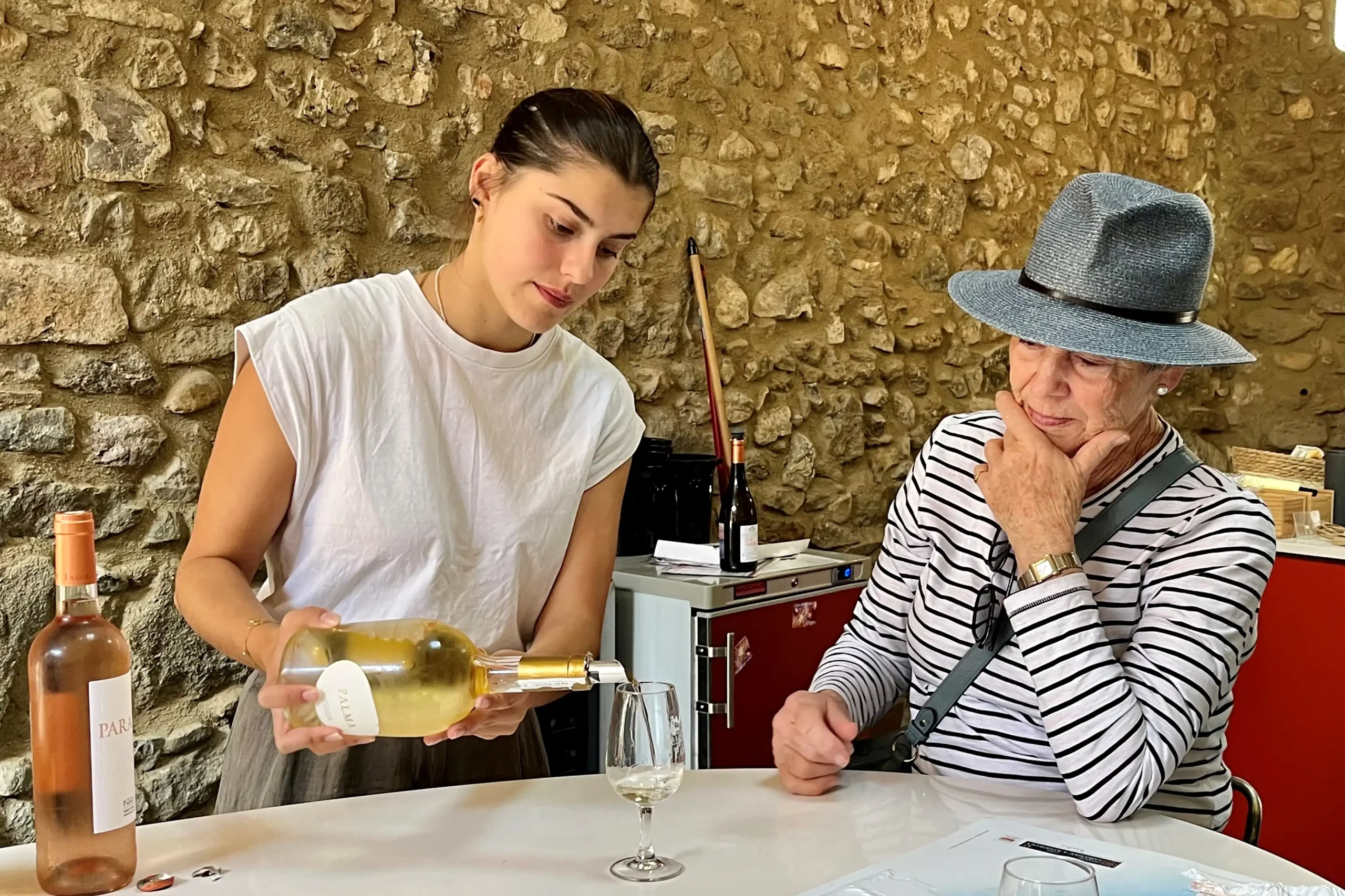
The Topography
Even within a single winery, you can notice big differences. Some vineyard plots may be on the same soil type, but the lay of the land differs, from steeply-sloped, to almost flat. This will impact on how much sun coverage there is, how much rain may run off, and even how it’s maintained.
Another factor to consider is which direction a vineyard slope faces – with the south considered the optimum for the most amount of sunlight. These variations in how the sun directs itself to the grapes is included in the concept of terroir and can alter the ripening, and as a result – the taste of the grapes.
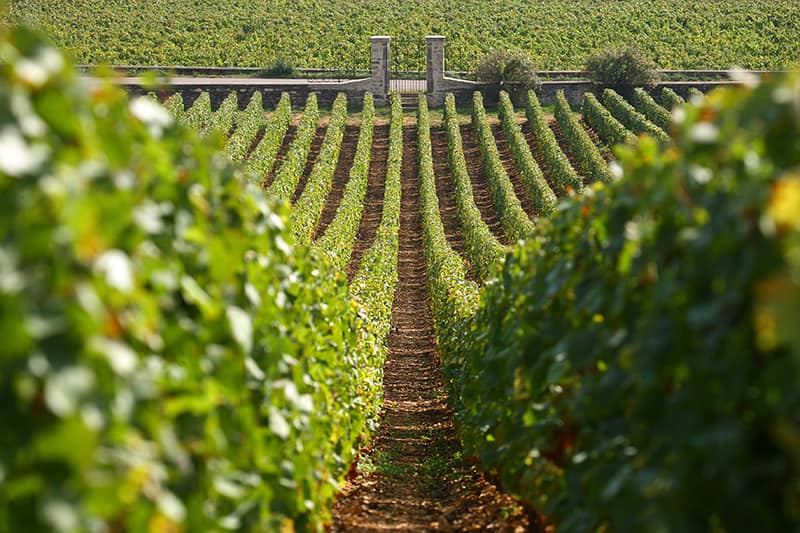
The Climate
Consequently, the slopes may be subject to different climate variations. Trapping cooler air in a valley below a steep slope, or encapsulating heat during a hot summer. The variety of topographies can also create different microclimates.
Some areas may be more prone to fogs, such as the appellation d’origine contrôlée (AOC) Pouilly Fumé, whilst others may be more prone to hail such as the exposed hills of Chablis. And of course, the particular region in France itself can dictate the climate, affecting the grape variety that may be best for the area.

Terroir beyond Wine
One can even argue that the concept of terroir could also be applied to food, such as cheese. Cheese follows such similar factors as wine. Where the animal grazes – what plants are growing there, and even the elevations. Again, the terroir influences the overall characteristics of the cheese. This holds true for meats, fruits and more.
There is a saying that ‘what grows together, goes together’ and this is so very true in the tastings of wine and cheese from the same area. A Vouvray sparkling wine and Touraine goat’s cheese, or Chablis with Époisses are a beautiful marriage. Wine and cheese pairings are an excellent example of how the French terroir can work hand in hand.
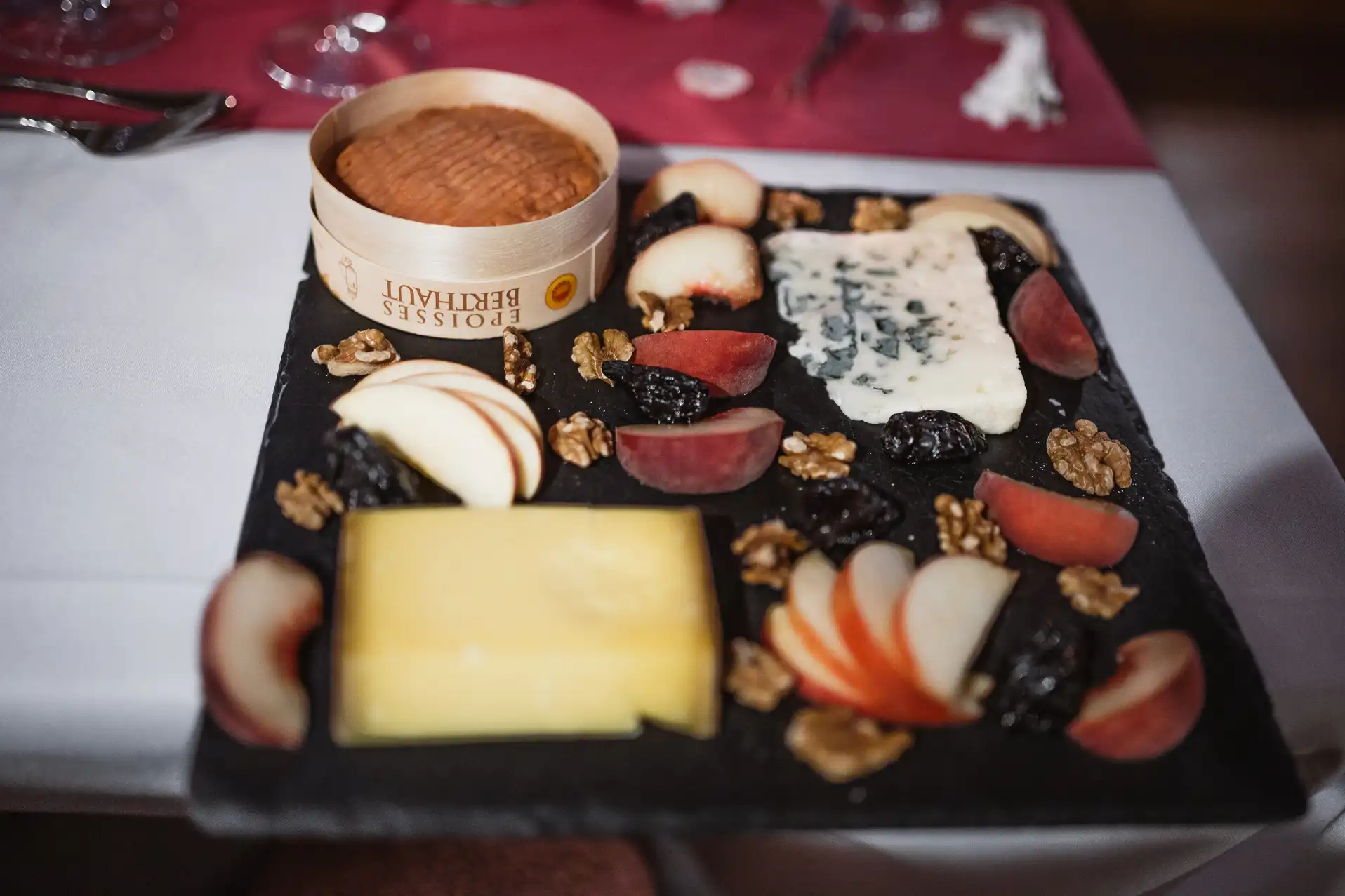
Why is Terroir Important?
But why is it important to understand this concept of terroir? By understanding how a set of conditions can create or influence the taste of something, we better understand what makes a product from one place unique. Why it doesn’t taste the same as something from another place.
One of the more famous examples of this is Champagne. Champagne is a region in northern France. It sits over top of a soil of Kimmeridgian limestone and clay, dating back to the Jurassic period. The terroir of this region is truly special and creates a very unique tasting sparkling wine.
It’s because of this uniqueness that sparkling wines outside of the Champagne region are not allowed to be called champagne. Because, even if we tried to make it exactly the same, same grape varieties, same method, it would never taste the same. Because the terroir would not be the same.
You can put it to the test by tasting the terroir of Champagne with a cruise aboard Kir Royale.
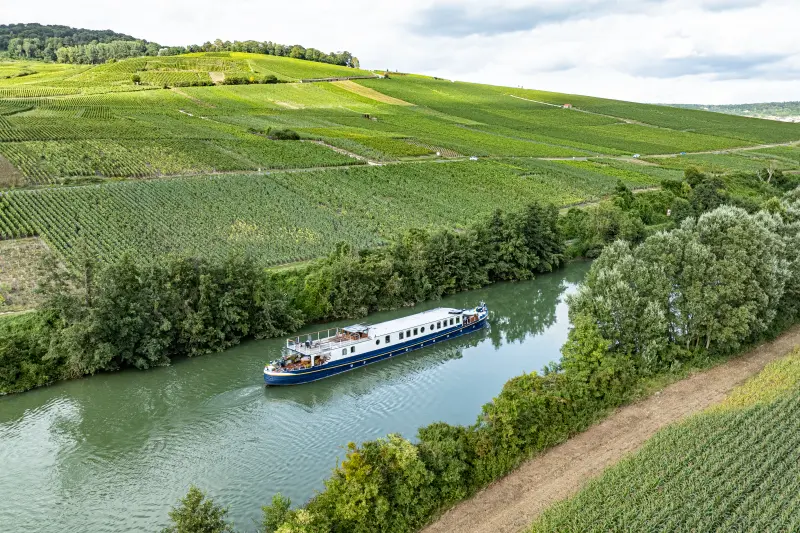
Terroir and AOC
By understanding how important terroir is, we can better understand why AOC becomes important. AOC stands for Appellation d’origine contrôlée. It is also sometimes known as AOP (substituting the ‘controlled’ for ‘protected’), which is essentially a series of regulations that guarantees a level of consistent quality in food and beverage-related products. AOC’s are applied to specific areas or terroirs, that make their wines from so unique.
Terroir is such an important concept, and that’s why it’s on French wine labels, the appellation or location of the wine is given pride of place and largest font, and why the grape variety may not even be mentioned. Sometimes the terroir is so famous, we often already know what the grape variety or at least the anticipated taste is, simply by the name of the location.
This is why we might say I love a ‘Sancerre’. We are actually already saying we have an understanding that the location, the terroir, is what makes it special.

When in France
Now with our heads wrapped around French terroir, it’s time to try out our new understanding and taste the differences in wines from different parts of France. Come and join us, sip champagne, swirl a Châteauneuf-du-Pape, revel in a Bordeaux: the French terroir is only a taste away.
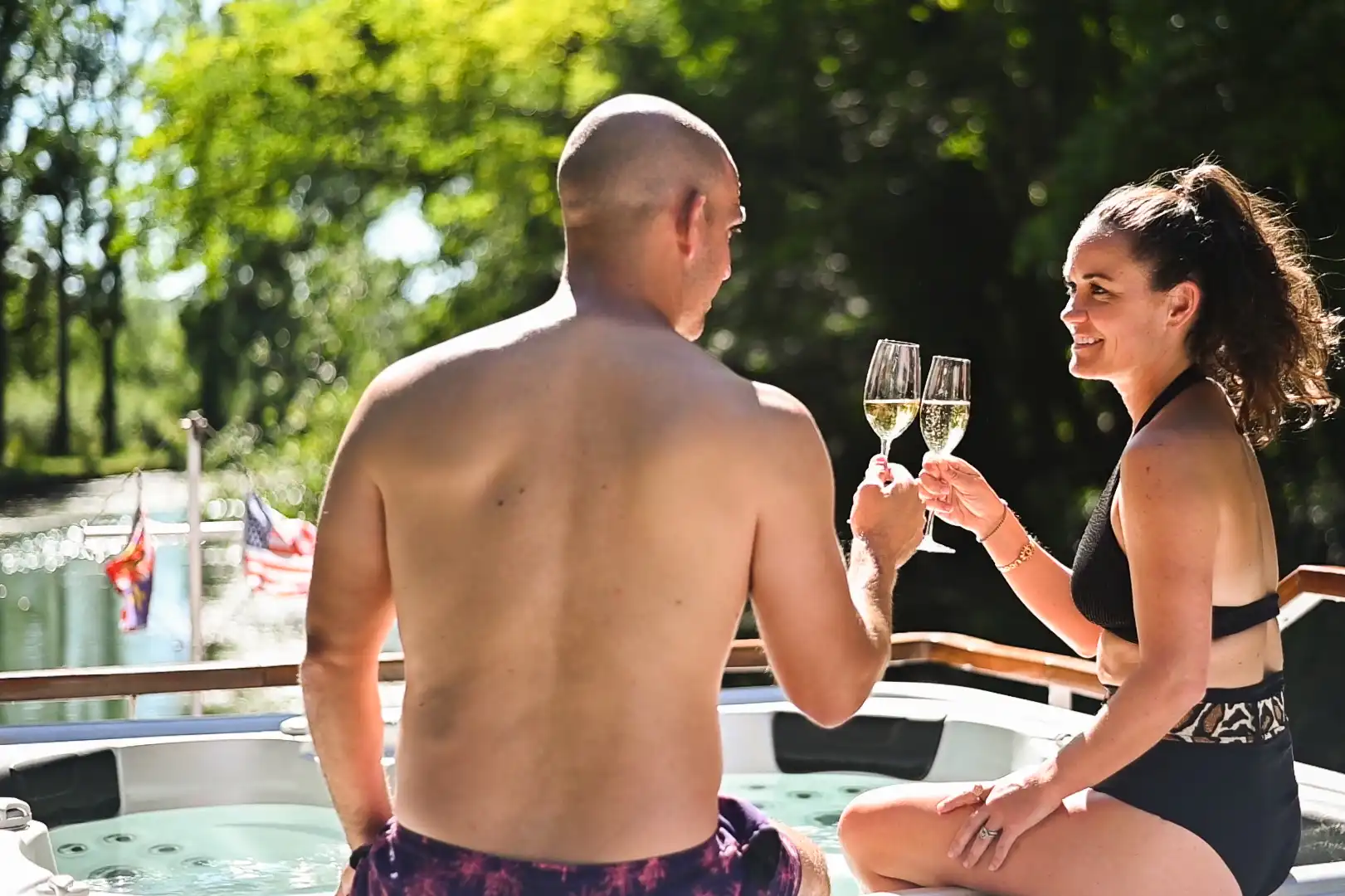
Taste the Terroir on a Luxury Barge Cruise
Guests aboard a European Waterways luxury barge cruise will experience a hand-picked selection of fine wines that perfectly complement the fine dining experience on board. A variety of fine regional wines are also readily available in the open bar.
Consider yourself a wine connoisseur? Why not embark on a dedicated Wine Appreciation cruise in France, or perhaps Italy? Discover more by clicking here >
 English
English
 Spanish
Spanish French
French German
German Norwegian
Norwegian Portuguese
Portuguese Swedish
Swedish Italian
Italian Russian
Russian Simplified Chinese
Simplified Chinese Japanese
Japanese